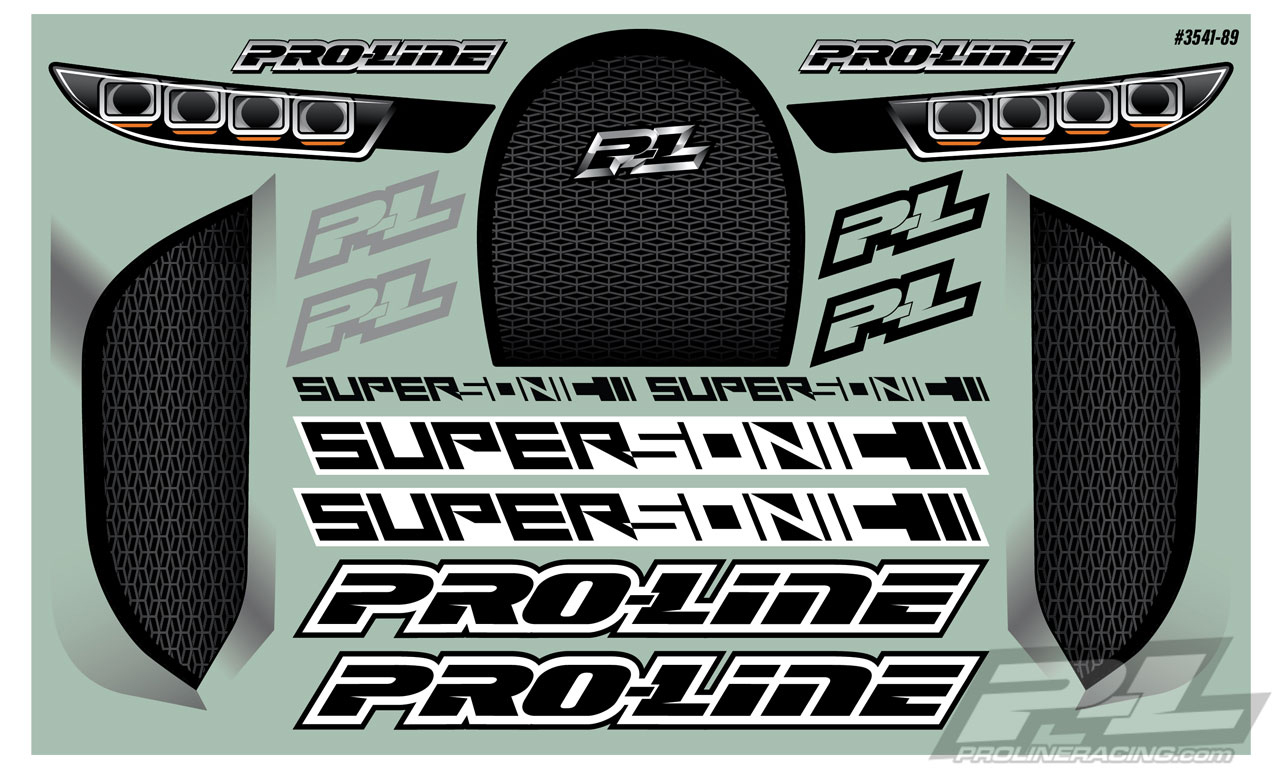
Tacx’s Neo 2T smart trainer is its top-of-the-range model. At £749.99, it’s also competitively priced, so there’s a lot to like. Power figures were within the claimed +/- 2 per cent accuracy, which should be more than enough for most riders. The H3 is capable of 2,000 watts of power and 20 per cent gradients. At 21.3kg, it’s also a very solid platform, and while this does make it quite hard to move around, Saris has at least included a handle in the design, which makes things considerably easier. Ride feel is good, with the stout 9kg flywheel contributing to a very realistic experience. Reducing the noise levels was one of Saris’s top priorities and it’s certainly achieved good things with the H3 – at just 61dB at 20mph (measured on an iPhone app), it’s very quiet indeed. The H3 sits at the top of Saris’s smart trainer range and builds on the popular H2.
#Line drive pro trainer reviews full#
#Line drive pro trainer reviews how to#
For more information on how to choose the right indoor trainer for your needs, read our full buyer’s guide at the end of the article.Įlite’s Suito is a simple and user-friendly smart trainer. Let’s move on to our pick of the best smart trainers out there right now. However, compared to a road bike groupset upgrade, or even a new winter road bike, they can offer good value if you want to be able to consistently and enjoyably train indoors. So we’ve tested a range of options to suit as many budgets as possible, but there’s no denying these trainers aren’t cheap. Of course, price is always going to be a major consideration. They are also usually much more feature-rich and accurate – in terms of power measurement – than wheel-on trainers. Outside of the obvious one – a lack of wear on your lovely rear tyre – they also tend to be quieter and offer a more realistic, road-like ride feel.

These are heavier and more expensive than wheel-on trainers, but prices are getting more competitive and they have a number of advantages. Direct drive trainersĭirect drive trainers require you to remove the rear wheel and connect your bike to the trainer via a standard cassette. This is most often the noisiest type of indoor trainer, too. These are typically the cheapest and lightest types of smart trainers, but they can cause wear on your tyres (though specific trainer tyres are available to mitigate this issue), their power measurement is generally less accurate and the ride feel often isn’t as good as direct-drive trainers. This drum is connected to a resistance unit that communicates with your chosen hardware and app to control the resistance you feel through the wheel. Wheel-on smart trainers function like classic, ‘dumb’ turbo trainers – you clamp the rear axle into a support while your rear wheel rests on a roller drum. There are two main types of smart trainer: wheel-on and direct drive. It sounds complicated, but most of these trainers and apps will automatically search for and connect to each other with the click of a button, so in practice, it’s usually very simple.

Today’s smart turbo trainers work by communicating with third-party apps on smartphones, tablets and computers using wireless ANT+ frequencies or Bluetooth.

These apps can also guide you through power-based interval workouts, with the resistance automatically adjusting to keep you in the required training zones (this is known as ERG mode). Smart trainers are interactive turbo trainers that connect with indoor cycling apps such as Zwift, TrainerRoad, Wahoo SYSTM and RGT Cycling, to control the trainer’s resistance and replicate hills, headwinds and drafting effects inside virtual worlds.


 0 kommentar(er)
0 kommentar(er)
